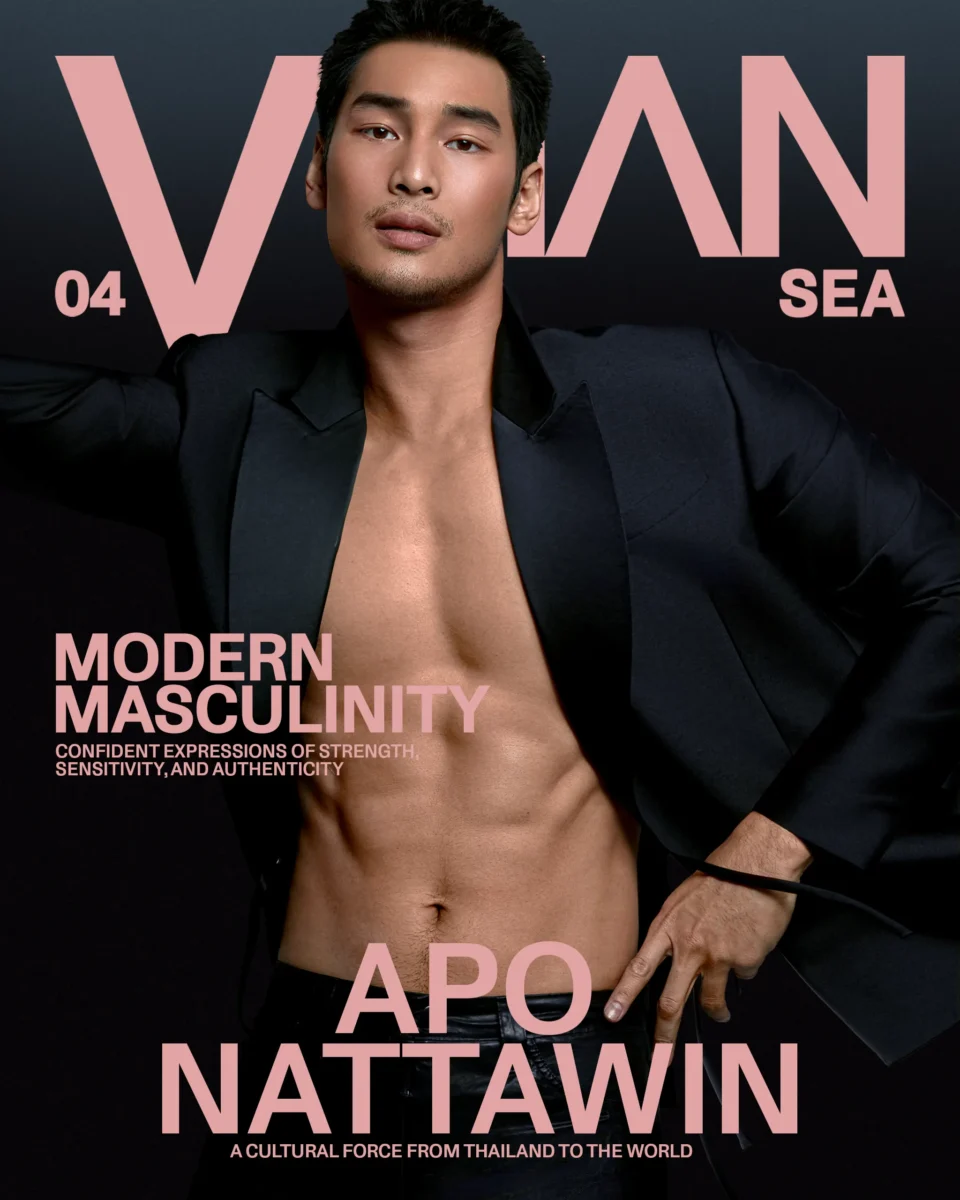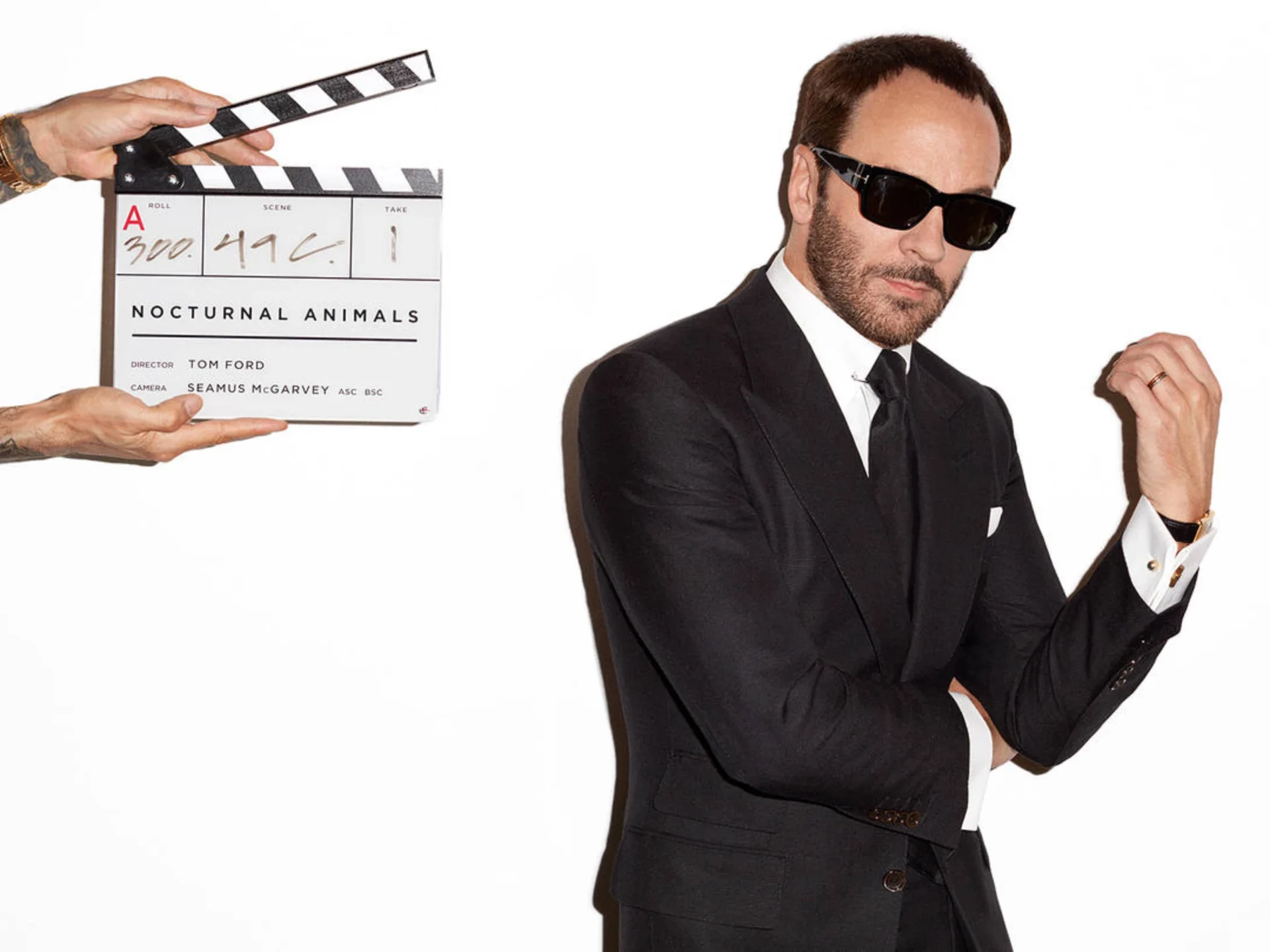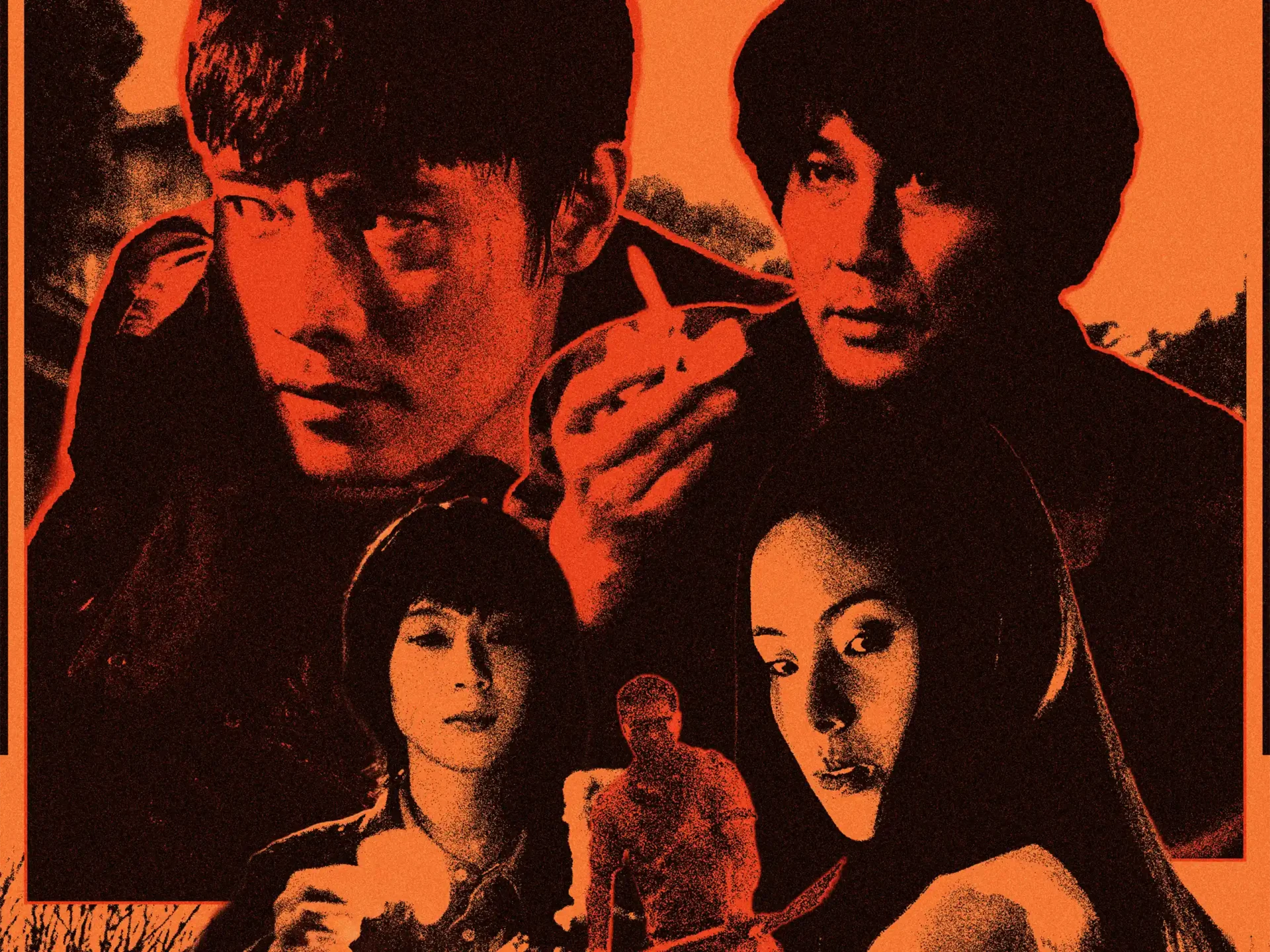The Most Iconic Black Tie Moments in Film
Where tailoring meets storytelling, these cinematic tuxedos define what it means to command a room
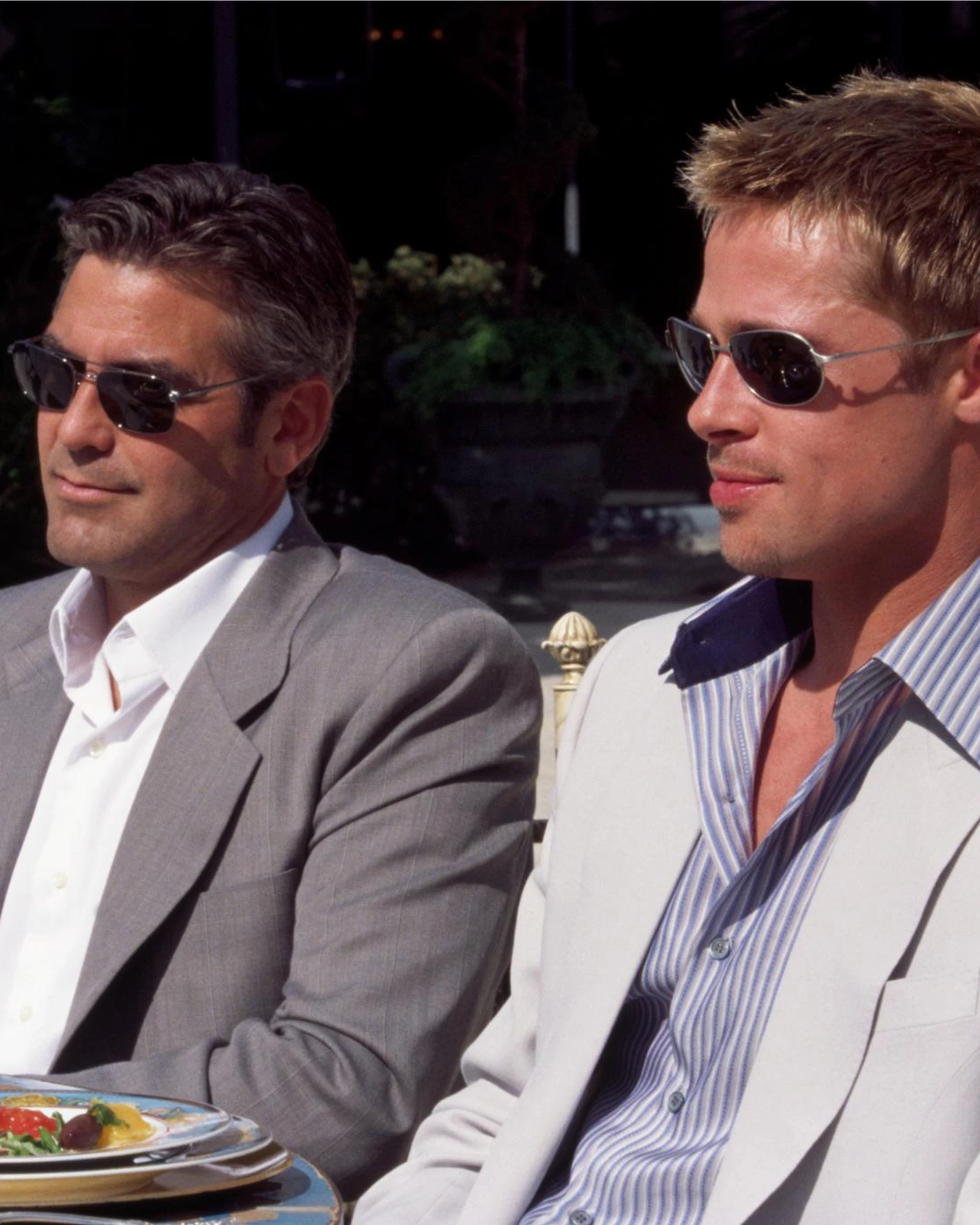
In film, a black tie is narrative armor. Every tuxedo, lapel, and cufflink tells a story about control, power, and persona. From high-stakes poker tables to billion-dollar heists, these on-screen moments redefine what formalwear can communicate and how it shapes the characters who wear it.
They turn entrances into declarations and gestures into cinematic statements. In the scenes that follow, we break down the most iconic black tie moments on screen, exploring how designers and tailors sculpted form and narrative into every stitch.
George Clooney’s Danny Ocean — Ocean’s Eleven (2001)
Costume designer Jeffrey Kurland crafted Danny Ocean’s black dinner suit as a study in controlled charisma, built with a double-breasted cut, wide satin-faced peak lapels, a low six-on-one button front, satin-covered cuffs, padded shoulders, and a ventless back that keeps the silhouette razor clean.
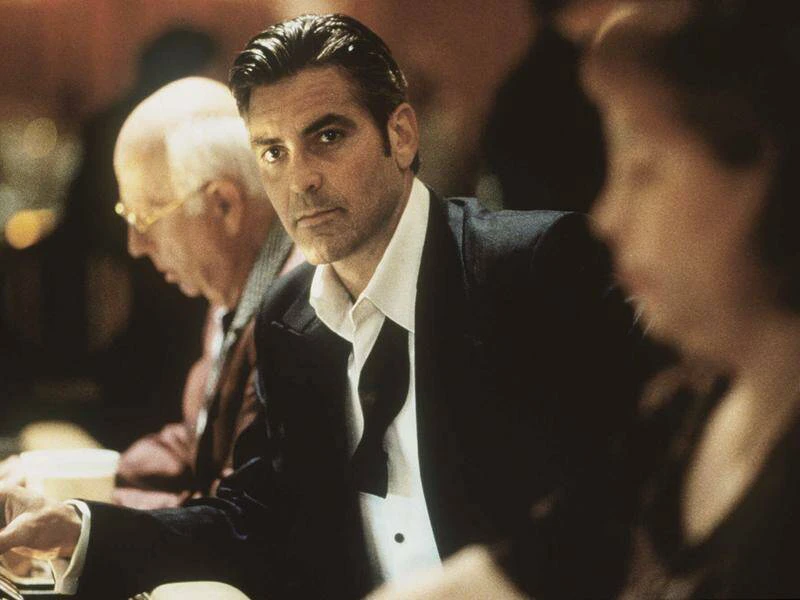
But the suit’s real impact is in the scene: when Danny steps into the Bellagio, the jacket does half the talking. It frames George’s charm in a way that grounds the moment. The tailoring looks good and strengthens the scene’s beat.
Christian Bale’s Bruce Wayne — Batman Begins (2005)
Academy Award–winning costume designer Lindy Hemming, known for her grounded realism, shaped Bruce Wayne’s gala tuxedo as a reflection of the man behind the mask. The clean shoulders, impeccable lines, and subtle military influence establish Bruce’s controlled public persona.
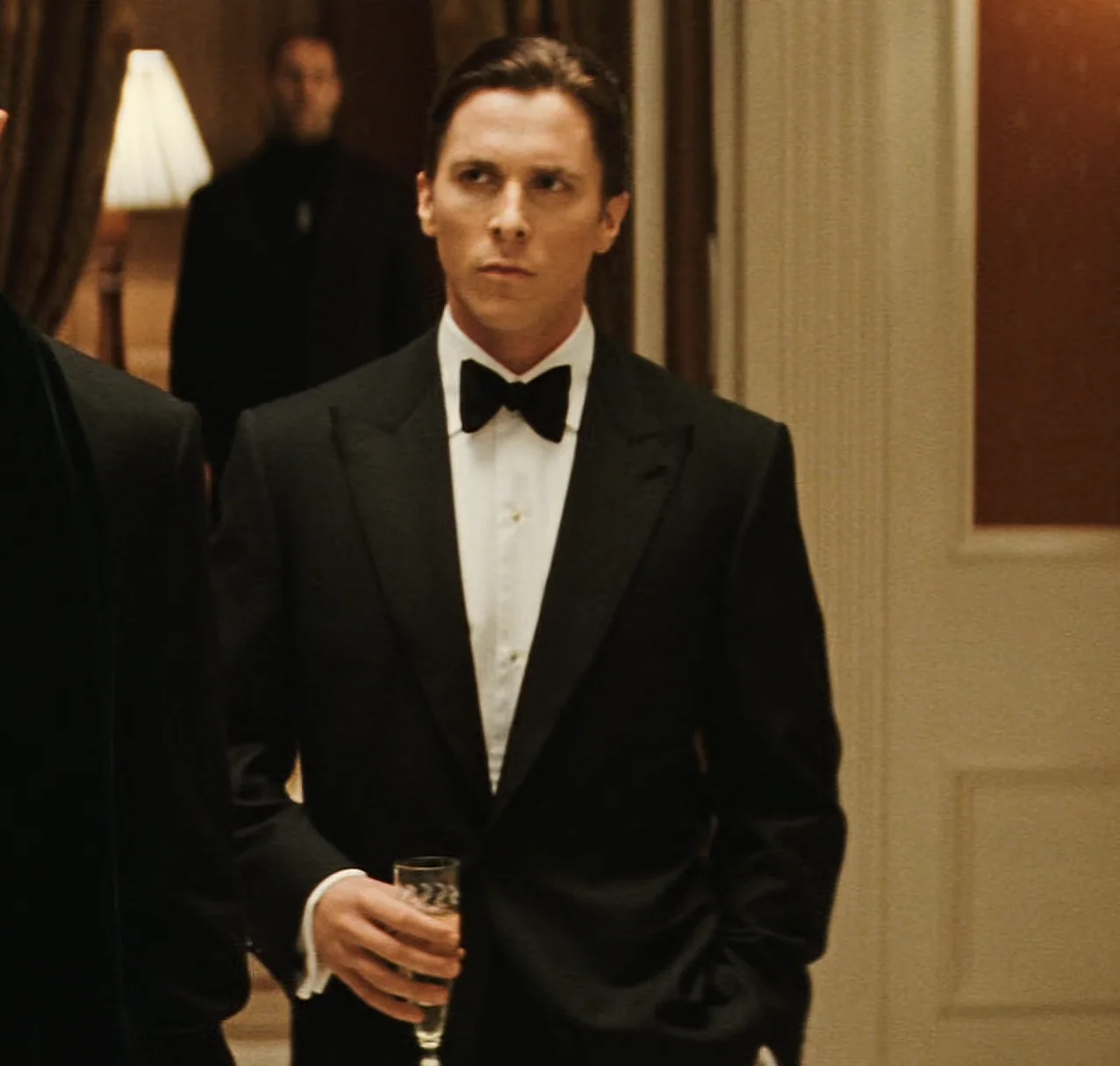
In the charity ballroom scene, the tuxedo elevates the narrative: Bruce appears polished, untouchable, and perfectly in place, yet the audience knows he’s performing. The contrast between who he is and who he pretends to be becomes sharper because of how exact the tailoring is. The suit enhances the duality that defines him and turns a simple entrance into a key piece of character-building.
Daniel Craig’s James Bond — Casino Royale (2006)
With Lindy collaborating with Italian house Brioni, James’ black tie in Casino Royale reintroduced 007 as sharper, more physical, and more grounded. The single-button tux with ottoman silk peak lapels and a Turnbull & Asser shirt is engineered for both movement and presence.
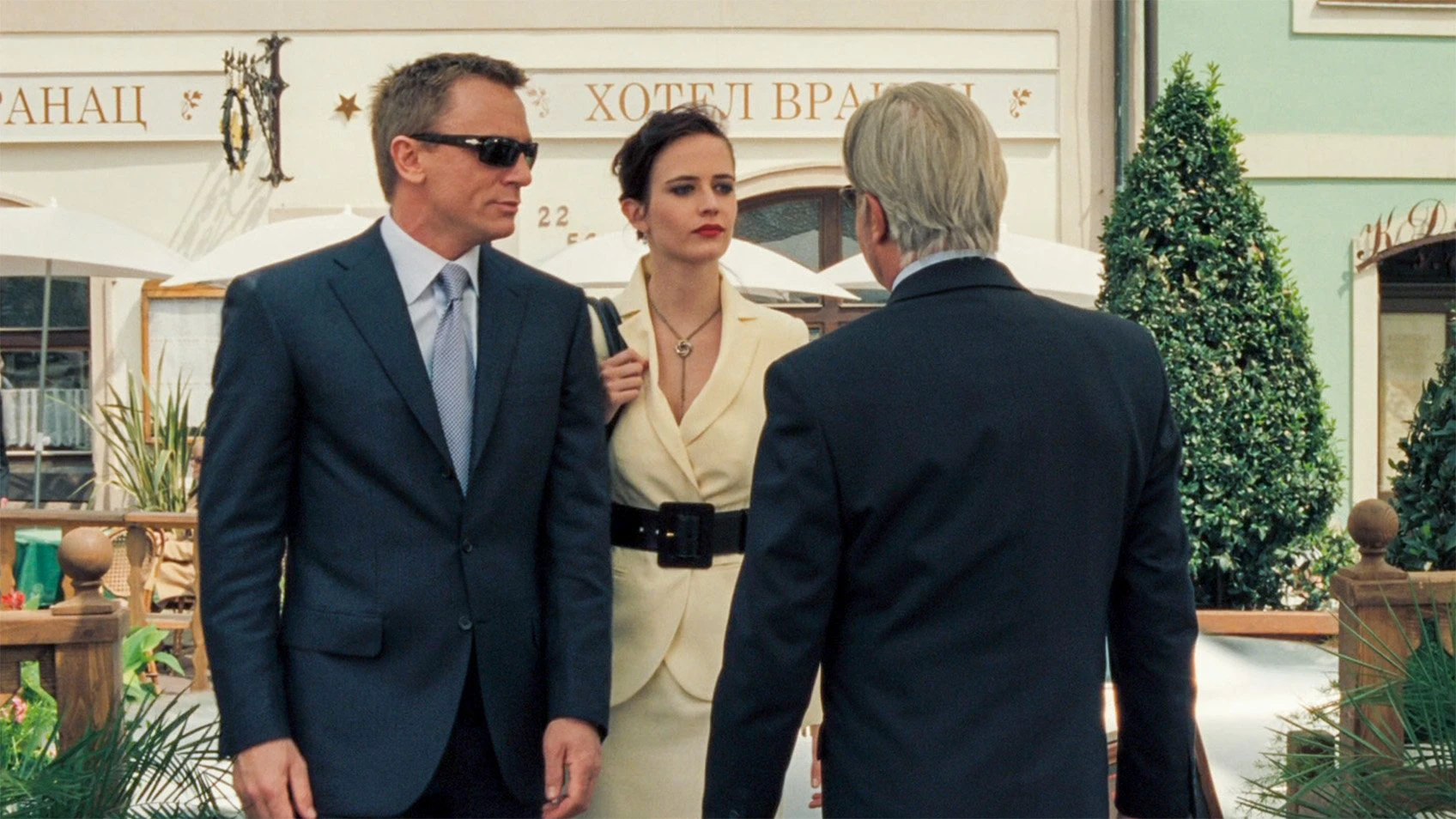
Keanu Reeves’ John Wick — John Wick (2014)
Who wears an all-black suit better than John Wick himself? Designed by Luca Mosca in collaboration with Ike Behar, John’s monochrome uniform is minimalist, tactical, and impossibly streamlined, with stretch panels hidden beneath matte fabrics that absorb light with lethal subtlety.

The tuxedo’s impact is clearest in the Continental lobby scene, where we see John enter in silence, but the suit amplifies everything around him. It sharpens his silhouette and reinforces his presence.
Robert Pattinson’s Neil — Tenet (2020)
Longtime Christopher Nolan collaborator Jeffrey designed Tenet with tailoring as part of the characters’ language. Neil’s shawl-collared tuxedo, cut refined but relaxed, signals ease, intelligence, and mystery all at once.

In the film’s temporal loops, the suit’s timelessness makes the scene stronger. Whether he’s moving forward or backward through action, the clean silhouette keeps the visuals coherent and elevates the tension. The tuxedo becomes a visual anchor in a story built on disorientation.
These suits heighten tension, sharpen character beats, and transform simple gestures into iconic frames. From James Bond’s calculated composure to Bruce Wayne’s dual identity, Danny Ocean’s charisma, John Wick’s controlled menace, and Neil’s enigmatic ease, each look proves that formalwear can elevate a scene the way a great score or a perfect line reading can.
Photos courtesy IMDB

